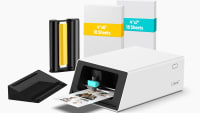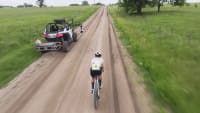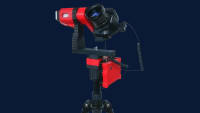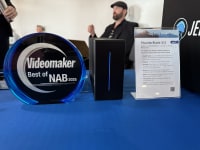Vicarious Adventure: Nick Cahill Lets His Heart Guide His Lens
Adventure filmmaker and photographer Nick Cahill follows his passions to bring the beauty of the world to the rest of us.
Wayne Grayson • Jan 12, 2024
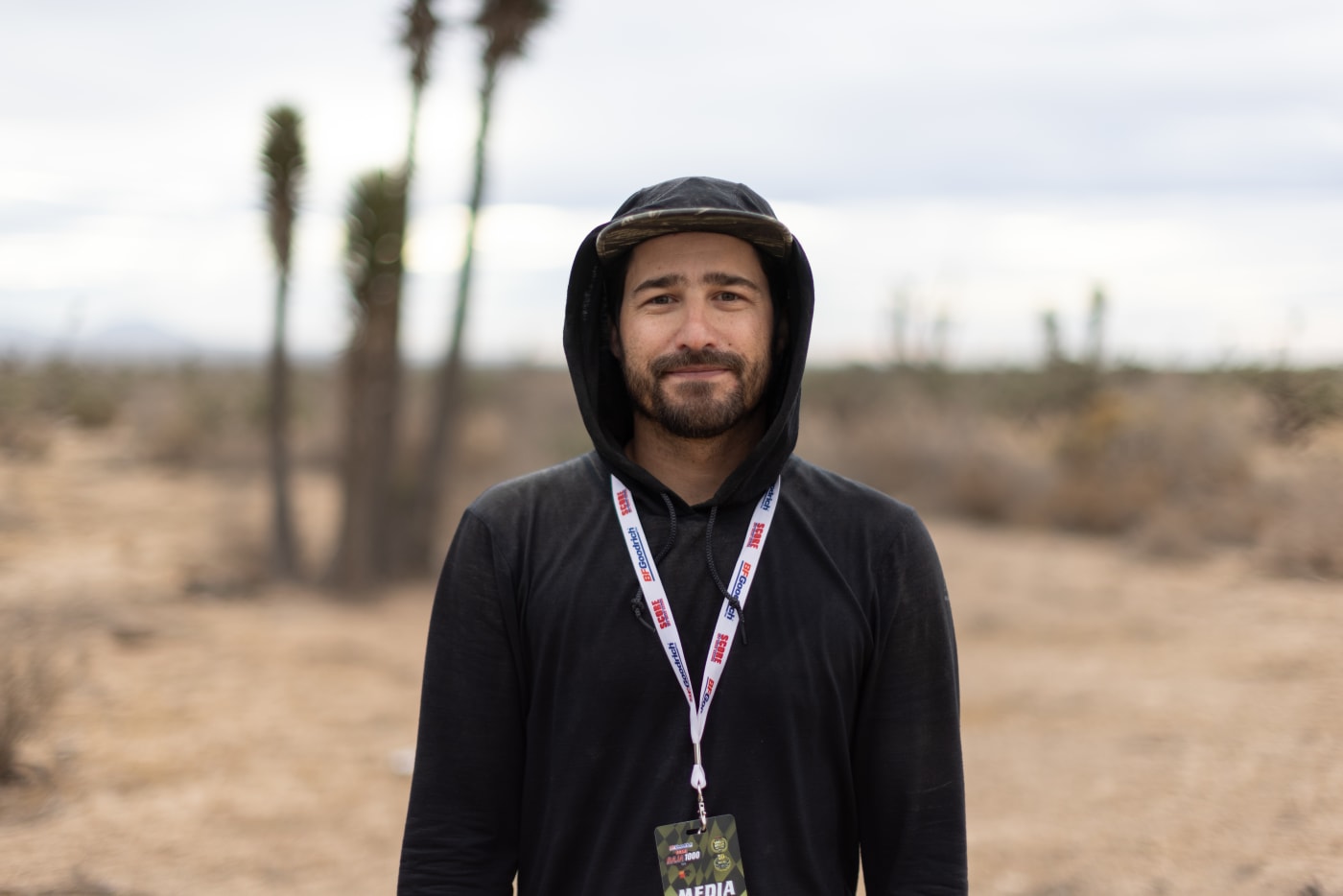
Nick Cahill lives in the extremes. Whether it’s chasing a souped-up, off-road race car through the deserts of Mexico, braving the snow-capped heights of the world’s most imposing mountains, or capturing the unbelievable beauty of our night sky, Cahill finds happiness and peace in the awe-inspiring beauty and treacherous reaches of our planet.
But it’s not enough for Cahill to simply experience the wide reaches of our world. Instead, he lives to share it with the rest of us.
“I like to take cameras where most people don't like to go,” Cahill says. “I like to bring images to the world that people might not get the opportunity to go see themselves.”

This passion to bring people closer to the incredible power of the world they live in has driven Cahill to become a seasoned outdoor adventure filmmaker and photographer known the world over. As a filmmaker, he has shot and produced a handful of documentaries and short films telling the stories of extreme sports like skiing and off-road racing. As a photographer, he has captured stunning images of remarkable and remote landscapes.
Most notably, Cahill’s work has graced the cover of National Geographic magazine. His photo “Dark Needle,” a vertical panorama capturing clusters of shining stars climbing upward into the heavens above Speedboat Beach in Lake Tahoe, was the cover image for the magazine’s “Guide to the Night Sky” issue in 2015.
“I live in the Lake Tahoe region and we have really dark skies here,” Cahill says. “It was a great place to go out at night and experiment. That’s kind of where I started. And from there I fell in love with just big, vast landscapes.”
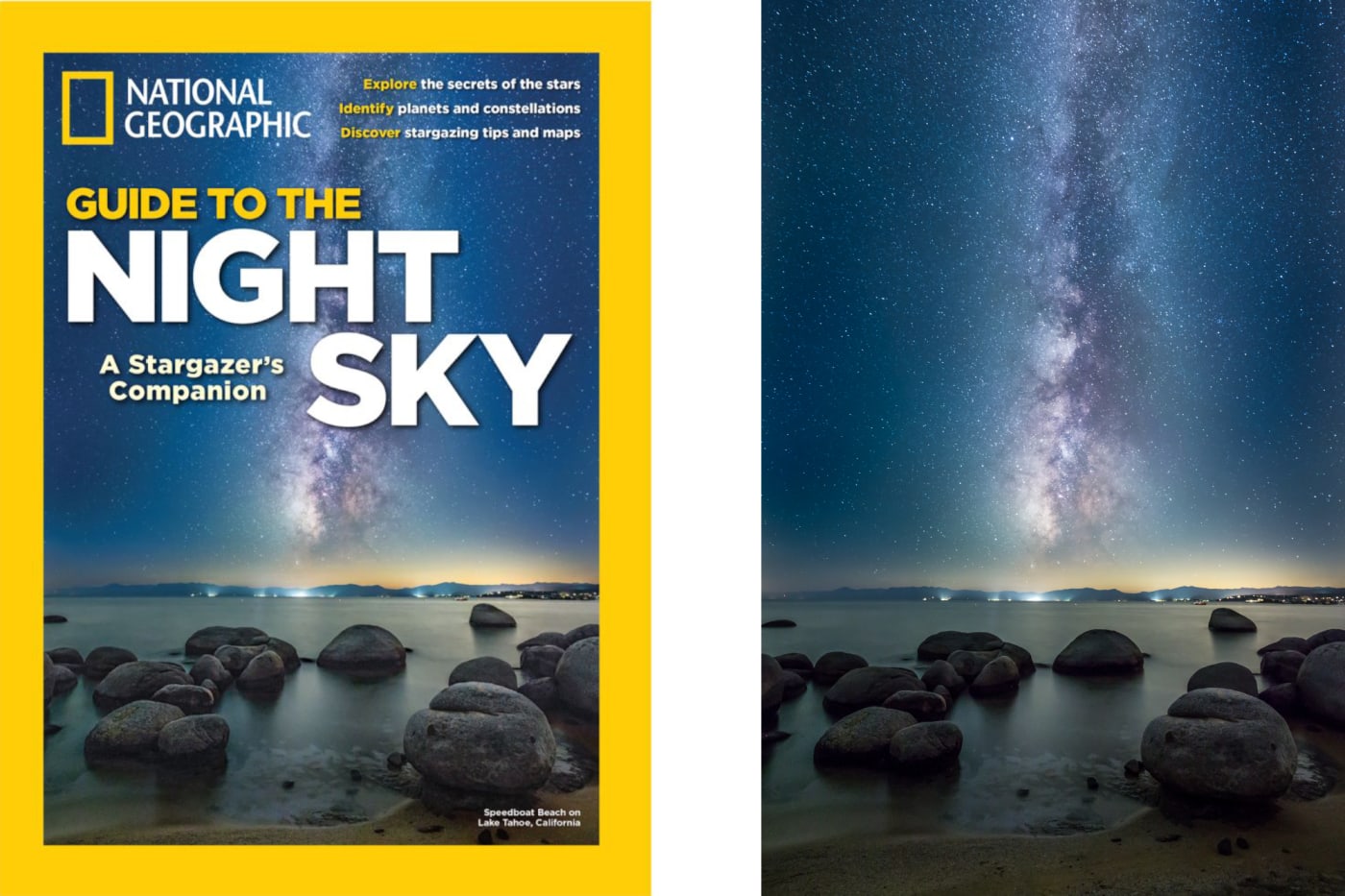
Diving head first
But Cahill says he first picked up a camera thanks to his love for cars. During his high school years he built a race car. For a while, a friend with a camera came around to take photos of the car and document Cahill’s progress. But then the friend started showing up less and less.
“I was spending so much time, energy and effort on this race car, so shooting the car became a thing for me,” Cahill says, adding that this mix of the sports and hobbies he’s passionate about with his profession of filmmaking and photography has opened up the world to him. In fact, that’s his first piece of advice for younger creatives looking to get into these disciplines.
“Just diving in head first into whatever it is you’re passionate about. Whether it’s racing or the snow sports stuff, these are things I do for fun recreationally. And then you become friends with the athletes,” Cahill explains. “The same thing goes in the music world. I am heavy into the music world, which has gotten me on tour, and the same kind of rules apply for the automotive world.

Be tough on your tools
Because Cahill ventures out into some of the most extreme terrain and fast-moving settings, we were very interested to hear about the tools he depends on to make sure he always gets the shot. His first rule when it comes to gear? Don’t baby it.
“I look at my camera gear as tools and as such, I’m not afraid to get them dirty,” Cahill says. “I’m not afraid to get them dusty, or covered in snow, or whatever. These things are replaceable. Sure, they're expensive, but if putting them in those sort of environments and sort of situations is what makes the difference between good and great, then I have no problem taking those steps to make it great.”
Cahill mainly shoots stills with a Canon R5 and a Canon 5D Mark III. “The 5D mostly sits on the wall, but that’s the camera I shot the National Geographic cover photo with, so I’ll have it forever,” he says. “The R5 creates a lot of data, especially if you’re shooting pretty rapidly,” he adds. “The files are like 45 MB each.” When it comes to video, he reaches for a Red Komodo. “On the cinema side, I’m shooting 6K, 80 frames per second, or 4K, 120 frames per second. And that’s a lot of data as well.”

Getting back the hours
Because Cahill is often shooting both stills and video, he is creating terabytes upon terabytes of data on some shoots. “Having the ability to download and store the data rapidly is really key for me,” Cahill says. And because he doesn’t baby the equipment, having that equipment be durable is also important as Cahill regularly encounters moisture and dust: two things that most cameras and storage media don’t like. “A lot of my jobs are like mini expeditions,” he says.
Because he values speed and build quality, Cahill says he doesn’t waste time with inexpensive drives to store his images and footage on.
“If you’re using low-end drives, moving 7.5 terabytes might take 30 hours or something like that. I recently moved 7.5TB from one system to the other in like 90 minutes,” Cahill says. To achieve these data transfer speeds, Cahill takes advantage of OWC’s end-to-end integrated storage system.

Cahill ensures no-buffer shooting with OWC’s 2TB Atlas Ultra CFexpress Type B card in his camera. When it comes time to offload, he can pop the Atlas Ultra card into the ultra-fast Atlas FXR Thunderbolt CFexpress Card Reader/Writer for quick offload onto his system. For backup, shuttling, and editing, he uses the OWC ThunderBlade, the world’s fastest RAID SSD, and the Envoy Pro FX, a compact, extremely durable bus-powered SSD.
“With that recent transfer I remember I literally, for like 30 minutes, just watched the bar go because I didn’t believe it was going that fast,” Cahill laughs. “I’m seeing units of transfer that I’ve never seen before.“

The speed of OWC’s end-to-end storage system is priceless to Cahill.
“To be able to save 28.5 hours to transfer data is insane. I don’t have to let it go overnight and then maybe pause it the next day, do my work, and then let it go over the next night and meanwhile cross my fingers that it all works,” he says.

“Time is the one thing you can’t buy. So if you can save it in one way or the other, it’s important. I’m a car guy, so I look at memory cards and SSDs like cars. I used to use the Honda Civic of drives. But now I use the Formula One car of drives with OWC.“
Check out more of Cahill’s work at his website and Instagram. And be sure to check out OWC Atlas memory cards, ThunderBlade, and Envoy Pro FX.
Other topics you might like
Share Your Work: Turn Your Photos Into Stickers With the Easy-to-Use Liene PixCut S1
Updated on Apr 17, 2025
This Race Documentary is a Masterclass in Real-Time Storytelling
Updated on Apr 15, 2025
Capture Beautiful Photos With This Free, 3D-Printed, DIY Robotic Panorama Head
Updated on Apr 10, 2025
OWC’s New ThunderBlade X12 Awarded Best Desktop Storage of NAB 2025
Updated on Apr 9, 2025
